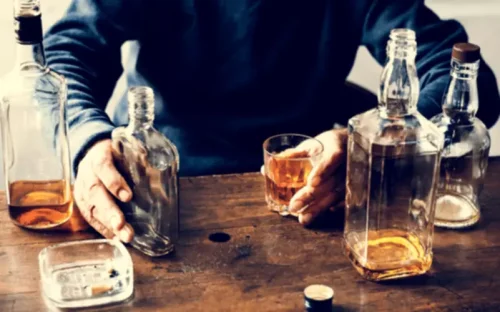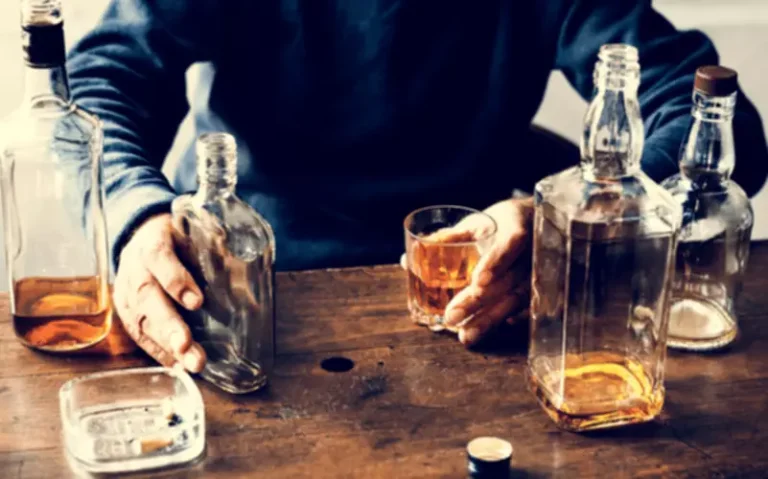
In many cultures, wine is considered a ceremonial drink, or a drink to be enjoyed and paired with cuisine. Wine is even praised for its health benefits, but it may be easier to turn to use wine than many of us think. Wine use may be hard to recognize as a problem because of the drink’s worldwide acceptability and availability. Excessive wine may result in an alcohol use disorder (AUD) such as alcohol use and alcoholism.
The Health Risks of Drinking Red Wine
Perhaps quiet, contemplative atmospheres in restaurants induce that effect, but wine tends to be savored slower and with less alcoholic content than hard liquor. If you drink many highly concentrated shots quickly while in an ecstatic state, it can appear to be. At this point, you may have alcohol cravings or drink to avoid the low feelings withdrawal causes rather than for the pleasurable feelings alcohol consumption may offer. Over time, your brain’s structure and function change, leading to tolerance, meaning you may require higher amounts of alcohol to achieve the desired effects.

Your addiction does not have to define who you are.
- These cultural messages create the perception that wine consumption is not just about having a drink, but it elevates and enhances the overall experience.
- No, wine and tequila do not contain qualitatively different types of alcohol; thus, they do not change how one experiences alcohol by their own qualities.
- Wine has been widely available since as far back as the earliest civilizations thousands of years ago, and has since become available widely in nearly every country on every continent.
- Risk factors for developing alcohol dependence or misuse include drinking before the age of 15, genetics or a family history of alcohol problems and mental health conditions or a history of trauma.
- But if you find yourself dwelling on all the wine you’re not drinking, or if you so back to the bottle after just a few days … you’ve learned that you can’t control your drinking.
“The presence of antioxidants like resveratrol and flavonoids in red wine may contribute to improved heart health by promoting healthy blood vessels and reducing the risk of blood clot formation,” says Manaker. Drinking red wine in moderation may also reduce your risk of developing coronary heart disease, says Randy Gould, DO, FACC, a cardiologist at Manhattan is wine addictive Cardiology in NYC. For many people, drinking a glass or two of wine becomes a habit at the end of a long work day, a way to unwind and destress. This habit can quickly get out of control, with individuals believing they need that drink to feel better.

How can wine addiction be overcome?
- Alcohol consumption can lead to alcohol dependence, or alcoholism, in predisposed individuals.
- Alcohol is classified as carcinogenic to humans by the International Agency for Research on Cancer.
- The organization’s website explains that as your liver slowly metabolizes alcohol, the substance can continue to circulate throughout your body.
Additionally, wine diminishes symptoms of anxiety, helping individuals feel more comfortable in social situations and reducing tension and worry. Research indicates that moderate wine consumption positively affects cognitive function, safeguarding brain cells and enhancing memory and learning abilities. It’s important to note that impaired judgment and memory loss are more likely to occur with excessive or binge drinking, rather than moderate wine consumption. To minimize negative effects on cognitive function, it is recommended to adhere to guidelines for moderate drinking.
Red wine and skin
- Remember, everyone’s palate is different, so trust your preferences and enjoy discovering your favorite wines.
- Each of these medications functions differently and is prescribed on a case-to-case basis to best fit the needs of the individual undergoing treatment.
- Now that you’re aware of the signs of wine addiction, it’s crucial to understand the importance of responsible wine consumption.
- While some studies suggest that alcohol, including wine, can be addictive, it is important to consider the individual’s susceptibility to addiction and the role of alcohol in addiction development.
Sarah would unwind after work by enjoying a glass of her preferred red wine. Savoring wine helped her unwind and let go of the stress accumulated throughout the day. Sarah observed an improvement in her mood, feeling more content and at ease after indulging in a glass of wine. As you consume wine over time, your body becomes accustomed to its effects, requiring higher doses to achieve the same level of intoxication. The term “wine addiction” is often used interchangeably with “alcoholism”, which is a more general term for addiction to any type of alcoholic beverage. However, wine addiction is marijuana addiction a distinct condition, and it is important to understand the differences between wine addiction and alcoholism.

In discussing the role of wine in addiction, it’s important to consider the alcohol content and its potential for addiction. The organization’s =https://ecosoberhouse.com/ website explains that as your liver slowly metabolizes alcohol, the substance can continue to circulate throughout your body. That means that though it can make you sleepy quickly, your blood alcohol content decreasing during the night as your liver enzymes are hard at work can cause disruptions to that sleep. Talk to a healthcare provider if you are concerned about your drinking or that of a loved one. Professional treatments and support can help you overcome alcohol misuse and alcohol use disorder and improve your overall health and well-being.
Wine Addiction: Drinking Red Alone Every Night Is A Bad Sign

It does not matter if you are drinking red wine, white wine or any other type of alcohol. Understanding alcohol by volume (ABV), serving sizes and frequency of drinking is more important than what type of alcohol you choose to consume. Five ounces of wine has approximately 12 percent ABV, while 12 ounces of beer has about 5 percent ABV.

